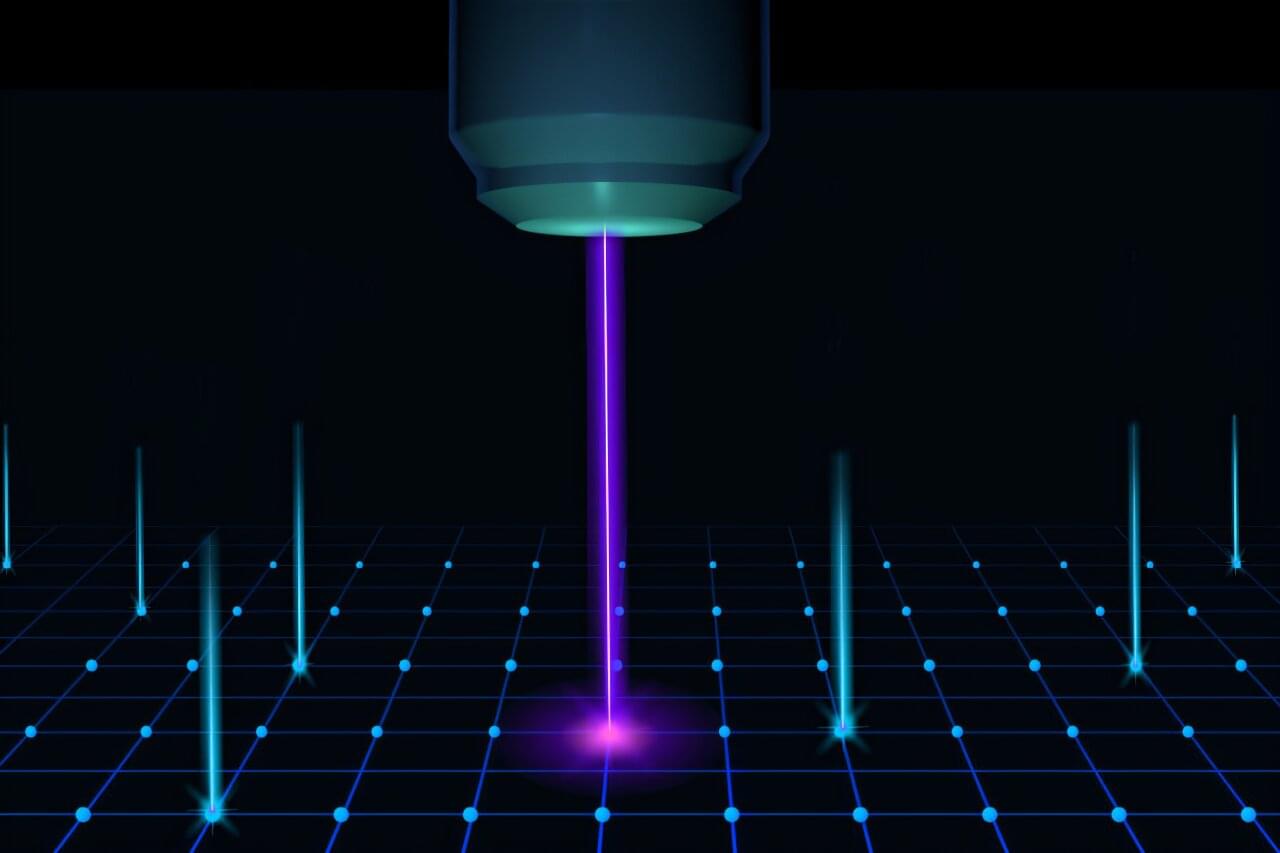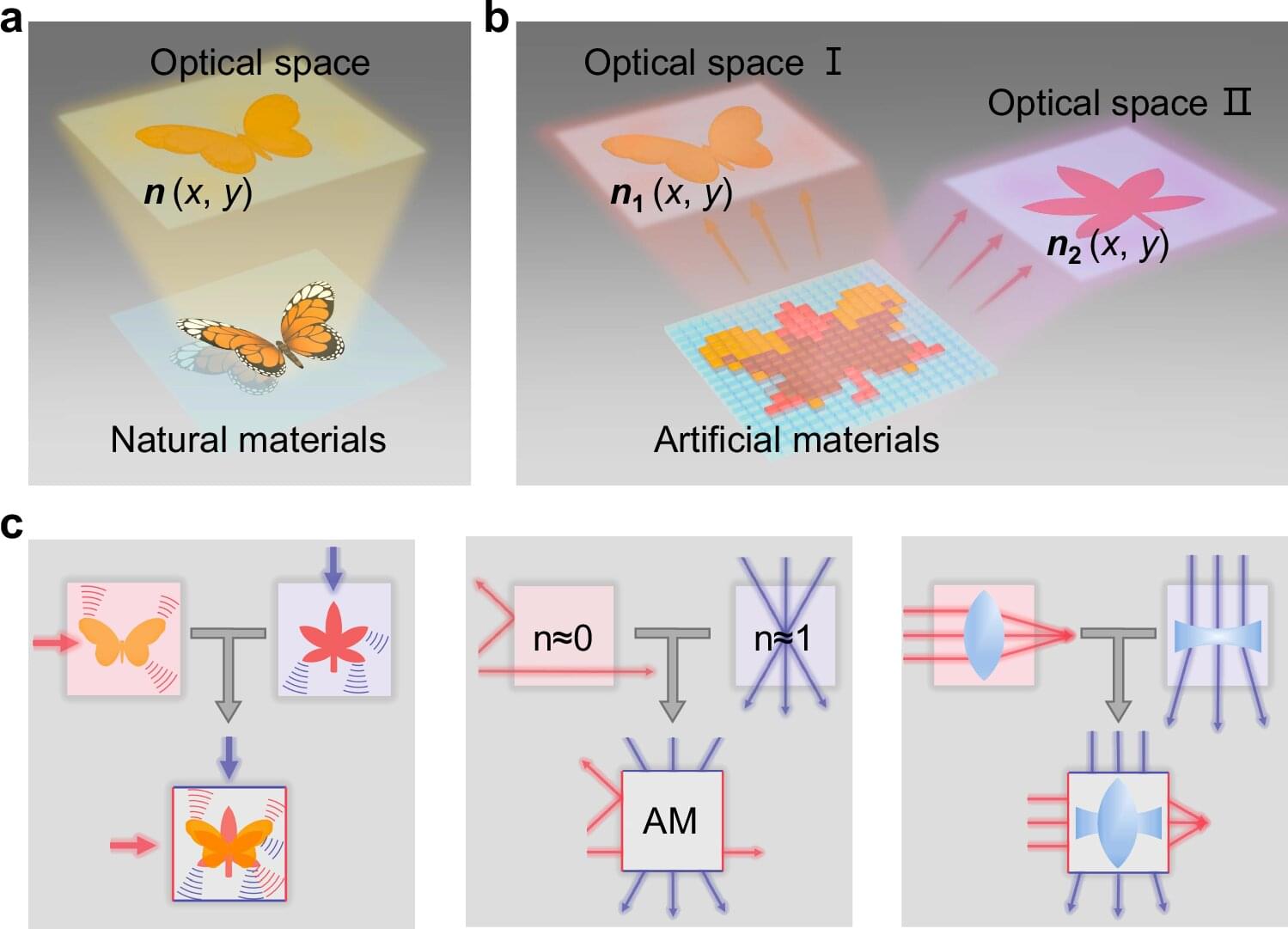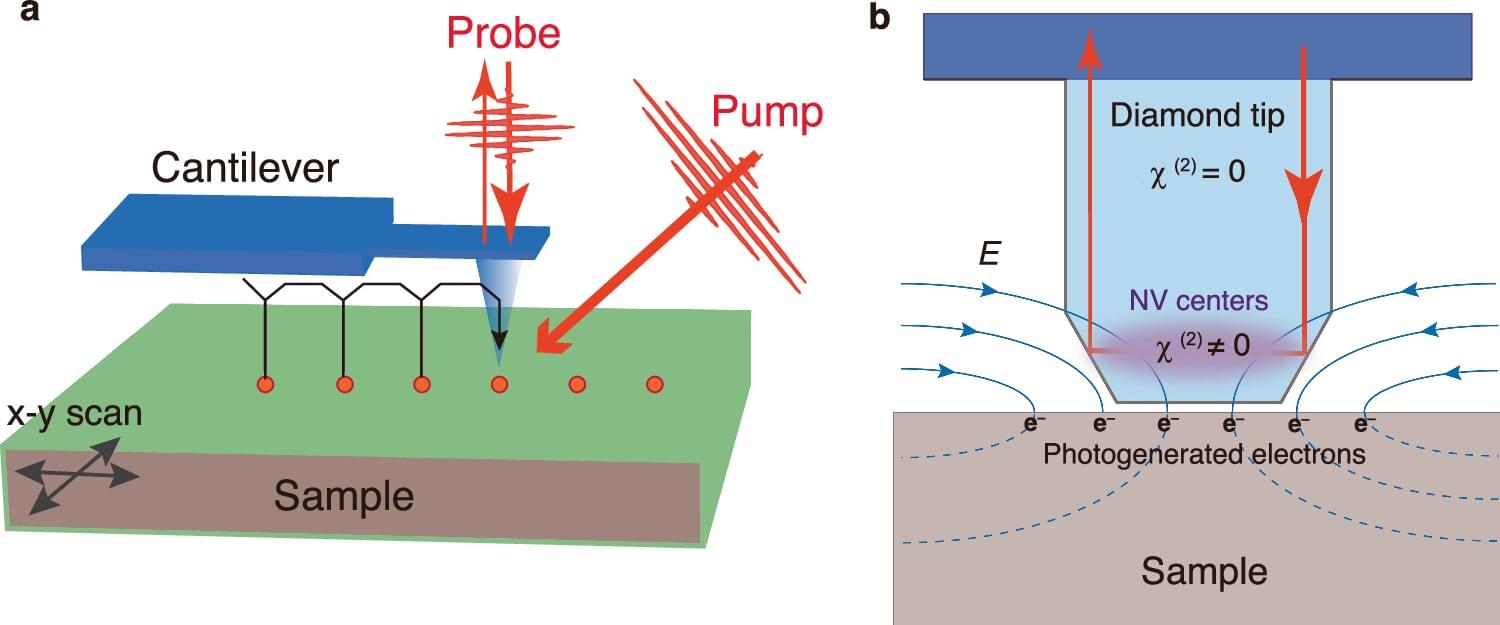A team of UC Riverside engineers has discovered why a key solid-state battery material stays remarkably cool during operation—a breakthrough that could help make the next generation of lithium batteries safer and more powerful.
The study, published in PRX Energy, focused on a ceramic material known as LLZTO—short for lithium lanthanum zirconium tantalum oxide. The substance is a promising solid electrolyte for solid-state rechargeable batteries, which could deliver higher energy density than today’s lithium-ion batteries while reducing overheating and fire risks.
The study’s title is “Origin of Intrinsically Low Thermal Conductivity in a Garnet-Type Solid Electrolyte: Linking Lattice and Ionic Dynamics with Thermal Transport.”








